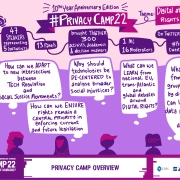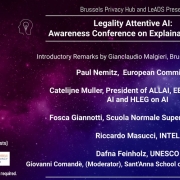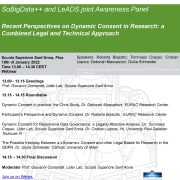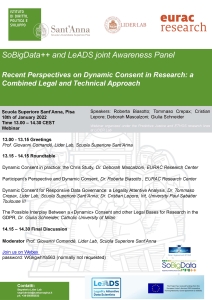The EU Data Act: Towards a data-sharing economy?
Author: Barbara da Rosa Lazarotto
There has never been so much data available about individuals. In 2025, the value of the data economy in the EU will be comparable to the GDP of the Netherlands [1]. IoT companies hold large amounts of non-personal data from customers that at first glance might look useless, yet they hold huge relevance.
In the current world, it is almost impossible for an individual not to have any digital footprint in any data-related company, thus we can affirm that data is a form of capital[2] and that we live in a “data economy”. Following this movement, the EU is currently working on a data strategy which consists of several acts such as the Data Governance Act[3] and the most recently proposed Data Act. Today I will focus on the recently proposed Data Act[4].
The Data Act is founded on the premise that data is the lifeblood of economic development[5] and it aims to clarify who can access and use data by removing barriers and providing a safe environment for data sharing.
Currently, we are in the midst of a technological revolution where ordinary tools such as a coffee maker and a vacuum can generate data. Thus, the Data Act aims to determine that consumers can access data generated by these everyday devices and oblige companies to share them with other companies for better use. This will generate innovation, job creation and especially benefit small businesses.
The Data Act also aims to avoid unfair competition when it comes to data sharing by creating a fairness test that prohibits companies from unilaterally imposing unfair contractual clauses related to data sharing. This tool ensures fairness in the allocation of data value among the actors of the data economy.
The Act also addresses my research subject which is public-private data sharing. On this point, in Article 14 the Act states that companies must make data available to the public sector bodies in certain circumstances e.g. in case of emergencies and other exceptional needs. In this context, there is a very good example of data sharing in case of emergencies that could easily have fit under the Data Act provisions.
In August 2005 Hurricane Katrina struck the southeastern United States leaving a widespread of death and damage. Efforts to recover the New Orleans area have gained a powerful ally with the use of data sharing. “Valassis Communications” is a company that mails promotional circulars to virtually every house in the United States. Using this colossal database volunteers were able to apply funds more efficiently and help directly to the individuals who needed it without spending time with house-to-house surveys. Additionally, the nonprofit independent former “Greater New Orleans Data Center”, was able to track the city’s repopulation block by block. [6] Using this data, the Data Center produced several reports such as geographies of poverty, housing developments and abandonment, trace life expectancy and others. These reports can be a great aid to the government to place the efforts to the ones who most need assistance. [7] According to the Data Center, the data available to government officials at the time of the hurricane was an outdated census of New Orleans of the 2000s, thus the data provided by the private company Valassis therefore exemplifies the potential benefits of public-private data sharing in case of emergencies.
The Data Act also is supposed to make it easier for customers to switch between cloud services providers, determining that these providers must ensure easy switching conditions for customers.
Last but not least, the Data Act points out the importance of standardisation and semantic interoperability to data sharing and the formation of a single market of data. Thus, Article 28 refers to several essential requirements that must be complied with to ensure interoperability, e.g. data methodology, data quality, data formats and taxonomies.
With this, it is possible to observe that The Data Act is a good first step forward in the responsible and effective use of data, which will be able to create job opportunities and push the economy with new types of services.
[1] https://www.inlinepolicy.com/blog/eu-data-act
[2] Jathan Sadowski, ‘When Data Is Capital: Datafication, Accumulation, and Extraction’ (2019) 6 Big Data & Society 205395171882054.
[3] https://eur-lex.europa.eu/legalcontent/EN/TXT/?uri=CELEX%3A52020PC0767
[4] https://digital-strategy.ec.europa.eu/en/library/data-act-proposalregulation harmonised-rules-fair-access-and-use-data
[5] COM (2020) 66 final p.2
[6] https://spectrevision.net/2008/08/22/junk-mail-pings-new-orleans/
[7] https://www.datacenterresearch.org/maps/reference-maps/


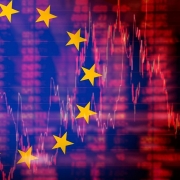 Canva
Canva